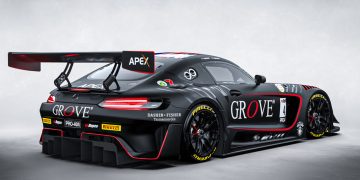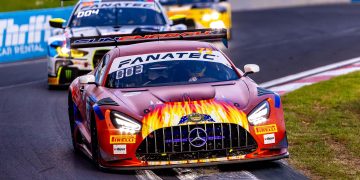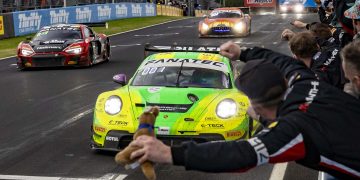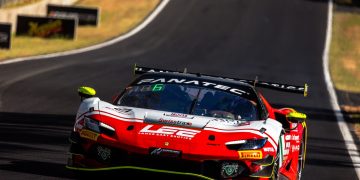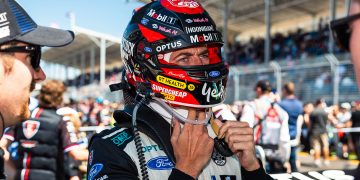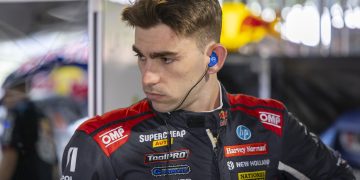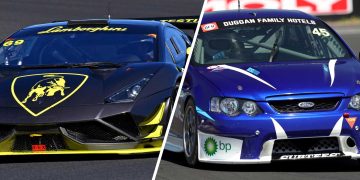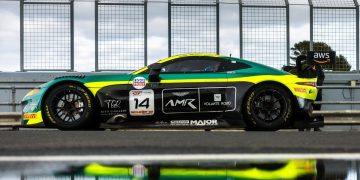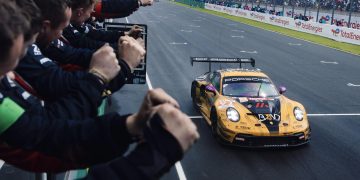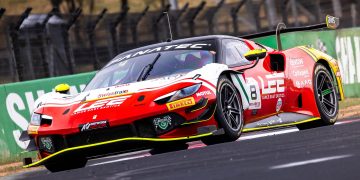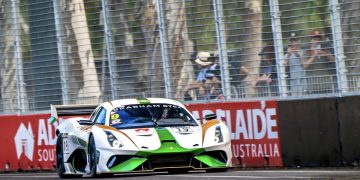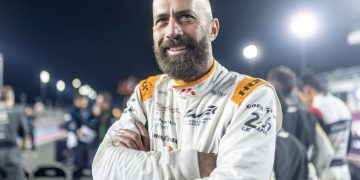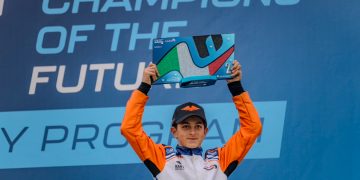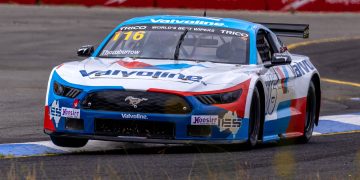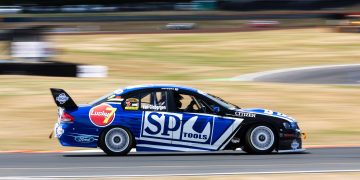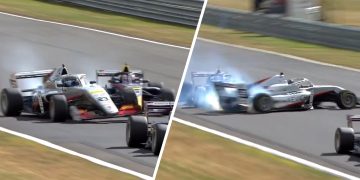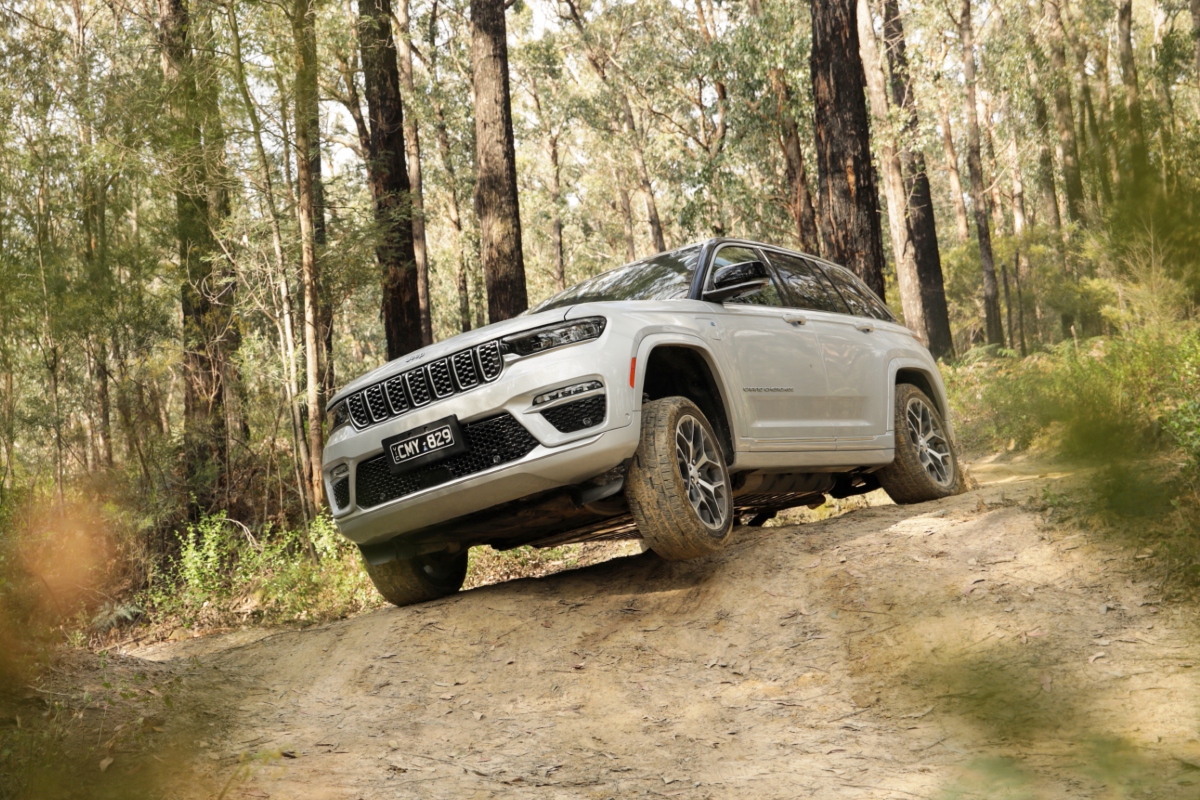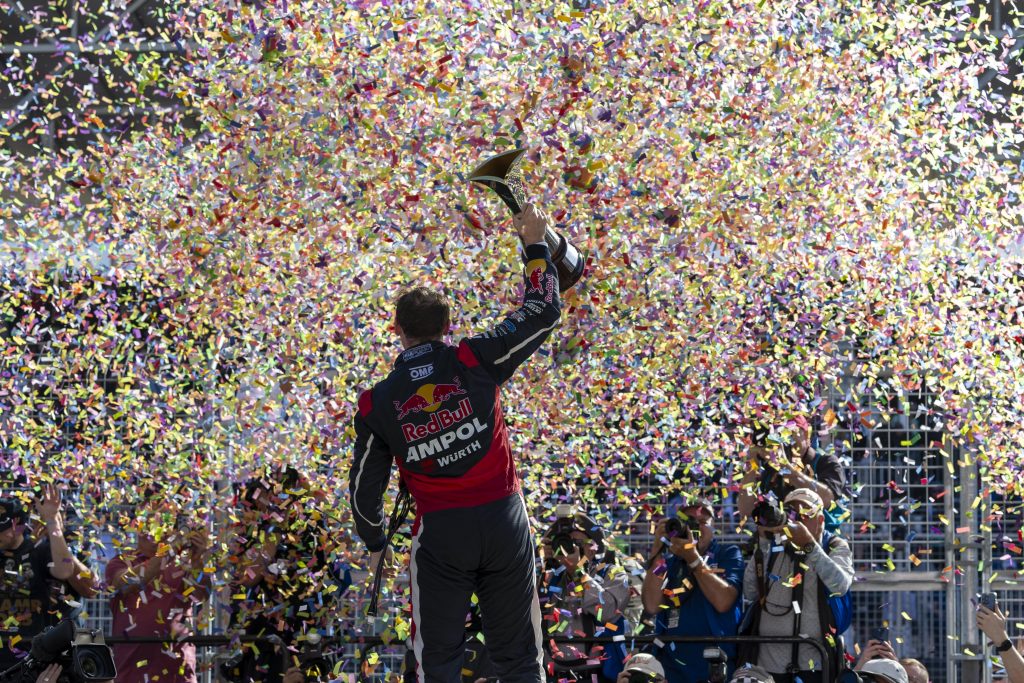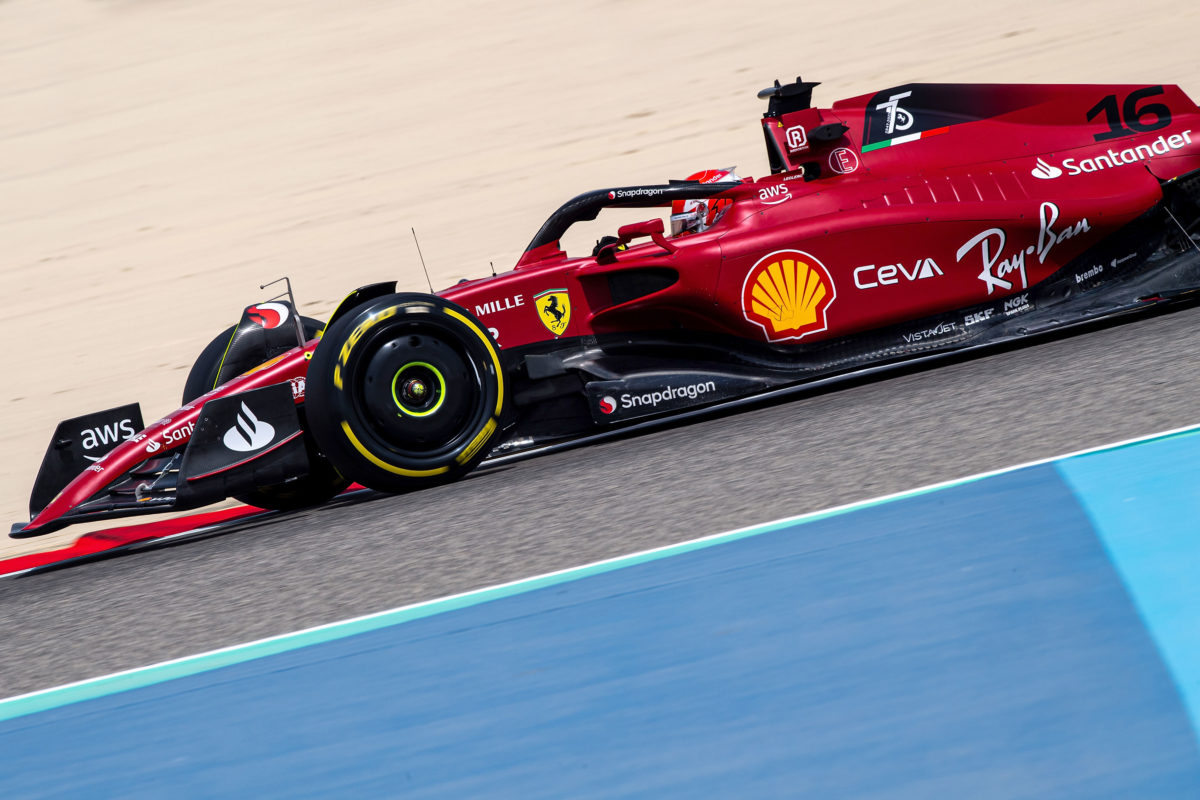
Formula 1’s newest generation of cars are set to give the drivers a battering, with a number predicting issues for them or their cars as early in the year.
New regulations for this year have changed the way F1 cars produce the bulk of their downforce.
That has been combined with simplified suspension concepts. Combined, cars are running lower and stiffer than in previous years.
Add into that the porpoising effect many teams are battling and the drivers are being given a hard time in the cockpit.
“I’m pretty sure that I can expect to have a sore back after the Sunday’s race,” Charles Leclerc said.
“It’s quite bumpy. It doesn’t disturb me personally to drive, apart from probably the big braking is a bit trickier with this with these big bumps in the straights.”
The Bahrain International Circuit is an especially bumpy venue, with the track surface having not been relaid since the venue opened in 2004.
During pre-season testing, drivers were seen moving off the optimal line on the front straight to avoid bumps, which were triggering porpoising in some instances.
“Overall, it just hurts after 10 laps in the same conditions. Having these bumps, it gets quite tricky,” the Ferrari driver added.
“But it [porpoising] depends a lot. It’s really condition dependent, and even on the same track, sometimes you can have it, sometimes you don’t have it.
“So it’s very difficult also to predict it, so I think we all need to be ready to have it at some point during the race.”
The solution to porpoising for most, thus far, has been to increase the ride height to the point that the floor doesn’t stall.
It’s a non-preferred solution as doing so means reduced grip around the corners.
“The cars are much stiffer and you can really feel the bumps,” Esteban Ocon noted.
“So on a full day of testing, you might need to take a bit of paracetamol in the afternoon, otherwise you will be fine.”
While the drivers’ wellbeing is one consideration, part reliability is another.
There is a concern that prolonged porpoising could expedite part failures, as could clattering a kerb with the cars now running lower than they have in recent seasons.
“You don’t want to initiate it in anyway, or go over the point where it is too aggressive, because then reliability will become an issue,” said Mick Schumacher.
“It’ll be interesting to see on track that maybe comes in heavier like Baku or whatever – I guess also Jeddah is a track where it might happen.
“I guess maybe at the beginning of the season, we’ll see a few more DNFs because of it.”
The 2022 Formula 1 season begins this weekend with the Bahrain Grand Prix, kicking off with Free Practice 1 from 23:00 AEDT.

 Shop
Shop